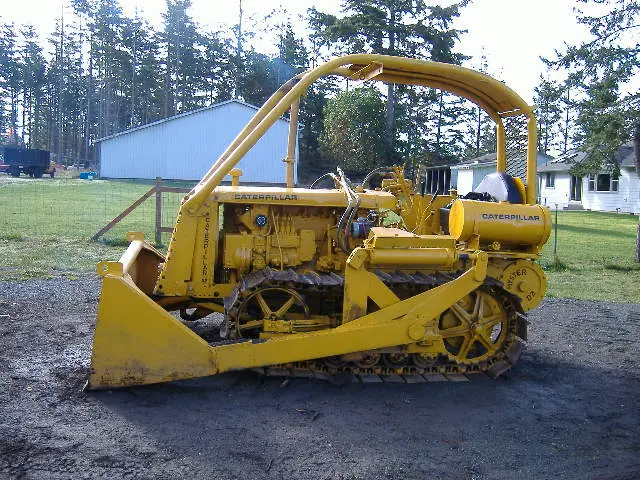Reply to Arthropod:
Be careful removing sprockets. I have removed several from D2's. Same as the 22. I use an OTC 17 1/2 ton push/puller like this one:
http://www.amazon.com/OTC-938-17-1-Push-Puller/dp/B0002SRH8I
I had to also purchase adapters so I could screw into the sprocket's puller holes near the center of the sprocket.
The method I used successfully-
1. Take a spare large sprocket cap nut and grind the center off, so you have an open nut. Thread this nut onto the sprocket shaft, but leave it a little loose. The purpose of the nut is to keep the sprocket from flying off and killing you or anyone watching you.
2. Attach the push/puller, using adapters so that the two pull shafts are attached to the threaded sprocket holes and the center puller shaft rest on the center sprocket drive shaft.
3. tighten the puller as tight as you can get it. The sprocket probably won't come loose. You are starting to worry that the puller is going to explode or something.
4. Leave the puller attached and tight, then heat all around the sprocket near the drive shaft.
5. Take a 10 pound or so sledge and whack the outer rim of the sprocket. The sprocket should pop loose violently. The modified cap nut will keep the sprocket from flying off.
6. Now the sprocket is loose. Just unscrew the cap nut and slip the sprocket off.
The new sprocket is suppose to be pressed into place. I never had a way to do this, so I just would tighten the cap nut while hitting the sprocket with a sledge. It seemed to get the sprocket tight. If you don't get the sprocket tight, and the sprocket moves, the splines on the drive shaft will become damaged.
Good luck, take your time and be careful.
[quote="Arthropod"]Be careful removing sprockets. I have removed several from D2's. Same as the 22. I use an OTC 17 1/2 ton push/puller like this one:
http://www.amazon.com/OTC-938-17-1-Push-Puller/dp/B0002SRH8I
I had to also purchase adapters so I could screw into the sprocket's puller holes near the center of the sprocket.
The method I used successfully-
1. Take a spare large sprocket cap nut and grind the center off, so you have an open nut. Thread this nut onto the sprocket shaft, but leave it a little loose. The purpose of the nut is to keep the sprocket from flying off and killing you or anyone watching you.
2. Attach the push/puller, using adapters so that the two pull shafts are attached to the threaded sprocket holes and the center puller shaft rest on the center sprocket drive shaft.
3. tighten the puller as tight as you can get it. The sprocket probably won't come loose. You are starting to worry that the puller is going to explode or something.
4. Leave the puller attached and tight, then heat all around the sprocket near the drive shaft.
5. Take a 10 pound or so sledge and whack the outer rim of the sprocket. The sprocket should pop loose violently. The modified cap nut will keep the sprocket from flying off.
6. Now the sprocket is loose. Just unscrew the cap nut and slip the sprocket off.
The new sprocket is suppose to be pressed into place. I never had a way to do this, so I just would tighten the cap nut while hitting the sprocket with a sledge. It seemed to get the sprocket tight. If you don't get the sprocket tight, and the sprocket moves, the splines on the drive shaft will become damaged.
Good luck, take your time and be careful.[/quote]
What is the thread size of the holes in the sprocket? What type of adapters and where did you purchase them to attach to the legs of the puller? Thank You,
email:
[email protected]




